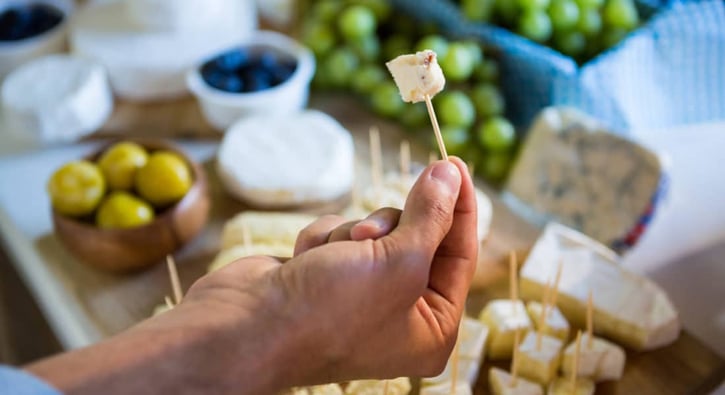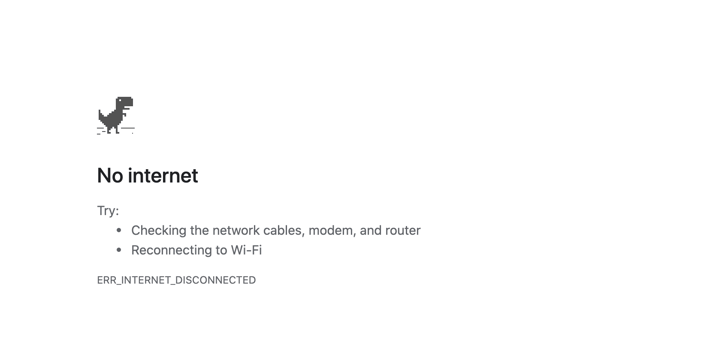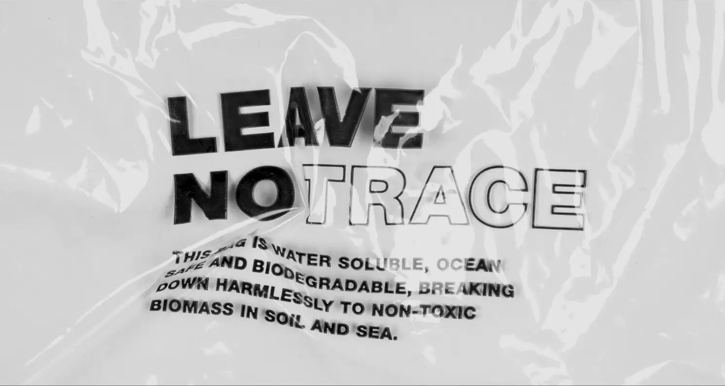Do you remember going to Disneyland as a child and seeing the huge queue to get onto your favourite ride? The anticipation was killing you, but the expected wait time was another 45 minutes - what a bummer! But to your surprise, that 45 minutes flew by in no time and you were strapping yourself in for the ride! And at the end of the day, you were waiting to tell your friends about your amazing day at Disney!
How does Disney do this? Disney is an expert at manufacturing delight and joy with experiences like this. By giving you an estimated queuing time, they anchor you to a number that seems like it’s going to take forever. However, they know that the queue will go by quicker, so when you reach the front much faster than expected, you’re pleasantly surprised and rate your experience very highly. Unfortunately, these experiences are few and far beyond.
Why is it important?
With fierce competition and new businesses emerging everyday, it’s becoming increasingly difficult for companies to gain and retain customers. Additionally, with the rise of social media, customers possess the power to influence brand perceptions to a much larger extent than was possible before. While this leads companies to focus on customer service, few really nail customer experience. Customer service is what customer’s get, while customer experience is what gets talked about.
In behavioural science, these are what we call 'Magic Moments'. They're experiences that so wildly exceed your expectations of what a company should provide that you feel surprised and delighted by them. Our emotional associations powerfully shape our actions, so generating positive customer experiences can lead to strong, positive brand associations. Neurological studies show greater neuronal firing with unexpected rewards compared to expected ones, suggesting that the surprise element is a key factor in magic moments. So, creating these moments can have tangible, long-term impacts on brand awareness, trust and liking.
What the Science Says about Creating Magic Moments
This brings us to the question: How do you create magic moments? We have identified three key psychological principles that can guide you on how to go above and beyond for your customers.
1. The Power of Free

People love free things. Psychologically, ‘free’ is not only associated with zero cost, but also an increase in product benefits. In one study, researchers found that when they offered participants a Lindt Truffle for 15¢ and a Hershey’s Kiss for 1¢, most people went for the Lindt. However, when the prices of both chocolates were lowered by 1¢ (Lindt for 14¢, Hershey’s free), the majority of participants chose Hershey's . Here, the relative price of the two items remained the same, but Hershey's Kiss becoming free significantly changed preference toward it.
Giving people free things, no matter how small, can increase the value customers place on your product. This happens because we’re social animals that form networks of trust. Receiving free gifts or tokens compels us to respond in kind. You’ve probably experienced this in a supermarket, when you’ve ended up buying that cheese that you were given a free sample of by the nice colleague at the counter.
The athletic clothing retailer, Lululemon has mastered the power of free. If an item tears or a customer would like something altered, Lululemon offers to fix it totally free of charge. Here, they have managed to reframe a negative customer experience, like torn clothes or clothes that don’t fit you, into a positive experience of getting a free reward every time your clothes are torn. The focus shifts from being worried about torn clothes to feeling satisfied with a free reparation service. This makes customers feel looked after and can increase the likelihood of them returning to shop at Lululemon.
Pro Tip: Small, random acts of kindness can go a long way in positively influencing customer opinions.
2. Fun Theory
 “Time flies when you’re having fun”. “The Fun Theory”, a term coined by the car company, Volkswagen, suggests that incentivising people with fun can engage them in otherwise mundane tasks. This can be done via gamification, which is the use of game elements in non-game applications in order to motivate users to interact with a system or product. For example, if you use Google Chrome, you’ll know that when your internet connection dies, it’s actually not that bad because you can play the Dinosaur game as you wait for your connection to be restored. Although it is frustrating when you’re interrupted in the middle of doing something, the fun of playing a game makes you less annoyed and helps the time go by faster.
“Time flies when you’re having fun”. “The Fun Theory”, a term coined by the car company, Volkswagen, suggests that incentivising people with fun can engage them in otherwise mundane tasks. This can be done via gamification, which is the use of game elements in non-game applications in order to motivate users to interact with a system or product. For example, if you use Google Chrome, you’ll know that when your internet connection dies, it’s actually not that bad because you can play the Dinosaur game as you wait for your connection to be restored. Although it is frustrating when you’re interrupted in the middle of doing something, the fun of playing a game makes you less annoyed and helps the time go by faster.
Volleback, a futuristic outdoor clothing company, also uses fun theory. They designed a challenge to find their “extreme discount card”, which gives customers free Volleback products for the rest of their lives. Here’s the catch: The card is hidden in a bespoke secret location somewhere on Earth and the only clue of where to find it is a 5-minute video of random locations. Volleback has understood their adrenaline seeking customer base and come up with a next-level adventure for them.
Pro Tip: Giving customers out-of-the-ordinary, fun activities can stimulate higher brand engagement.
3. Noble Edge Effect
 We feel good about ourselves when we support initiatives that are doing good for others. Known as the Noble Edge Effect, when companies demonstrate social responsibility that is deemed genuine, they are rewarded with increased respect and superiority by customers, in turn leading to greater profits. Research found that customers rate red wine more highly, particularly its taste, when told “the company donates 10% of its revenues to the American Heart Association”. However, there’s one caveat here: If customers feel that the company is not genuine in their efforts, the effect can backfire and lead to them abandoning the brand (see the example of Toms Shoes).
We feel good about ourselves when we support initiatives that are doing good for others. Known as the Noble Edge Effect, when companies demonstrate social responsibility that is deemed genuine, they are rewarded with increased respect and superiority by customers, in turn leading to greater profits. Research found that customers rate red wine more highly, particularly its taste, when told “the company donates 10% of its revenues to the American Heart Association”. However, there’s one caveat here: If customers feel that the company is not genuine in their efforts, the effect can backfire and lead to them abandoning the brand (see the example of Toms Shoes).
One sustainable clothing brand, Finisterre, has taken their commitment to the environment to the next level. They have started packaging their products in “Leave no trace” bags, which are made of soluble, ocean safe and biodegradable materials. The package comes with clear instructions on how to dissolve the bag in a bowl of hot water. By making the experience so tangible, Finisterre successfully makes their customers feel like they're saving the planet themselves.
Pro Tip: Customers respect brands that can show they care about more than just their own profits. Give back to society to get the most from your customers
Conclusion
Magic moments are crucial to gaining a competitive edge in the market. Not only do they make customers feel satisfied with the service they receive, but their novelty encourages customers to promote them for you.
So, the next time you want customers to do your marketing for you, think about what would really impress them. Then, go two steps further than what you just thought about - and there lies your magic moment. Surprise, delight and exceed!
References
Chernev, Alexander and Sean Blair (2015), “Doing Well by Doing Good: The Benevolent Halo of Social Goodwill” Journal of Consumer Research
Langer, E., Blank, A., & Chanowitz, B. (1978). The mindlessness of Ostensibly Thoughtful Action: The Role of “Placebic” Information in Interpersonal Interaction. Journal of Personality and Social Psychology, 36(6), 635-642.
Montgomery, M. (2015). What Entrepreneurs Can Learn From the Philanthropic Struggles of TOMS Shoes. Forbes. https://www.forbes.com/sites/mikemontgomery/2015/04/28/how-entrepreneurs-can-avoid-the-philanthropy-pitfalls/#246802d51c38
Narasimhan, K. (1998). Unexpected rewards. Nature Neuroscience, 1(4), 265-265.
Volkswagen. (2009, October 26). The Fun Theory 2 - an initiative of Volkswagen: The World’s Deepest Bin [Video]. YouTube. https://www.youtube.com/watch?v=qRgWttqFKu8